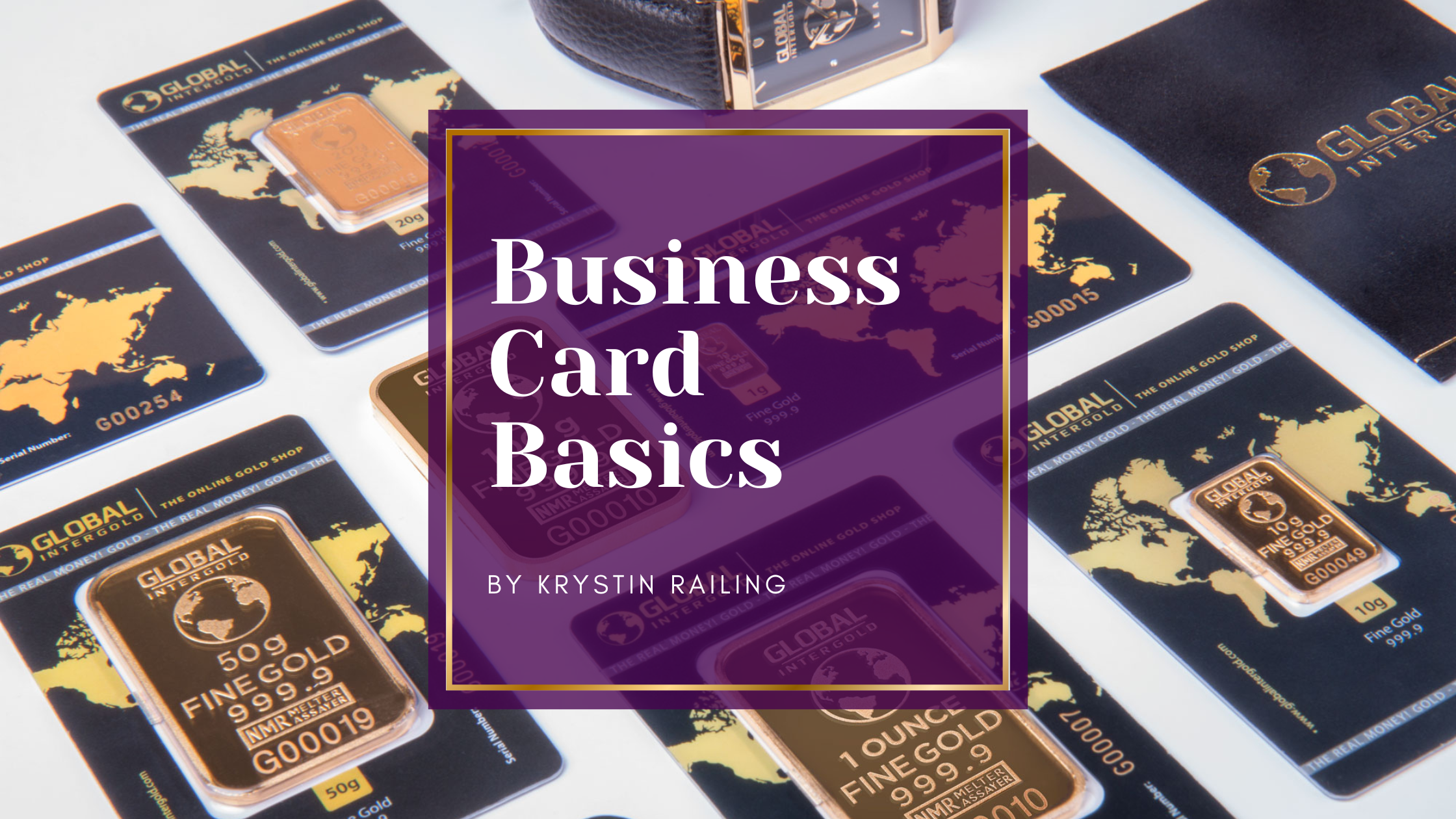Your cart is currently empty!
Business Card Basics

A business card is a small, printed card that typically includes an individual’s or a company’s name, contact information, and possibly a logo or other identifying graphic. Business cards are often exchanged during business meetings or social events as a way of providing a quick reference for future contact or networking opportunities. They can also serve as a professional representation of the individual or company, conveying important information about their industry, services, or products.
Benefits of Business Cards:
- 👍 Professionalism: Business cards provide a professional image and demonstrate that you take your craft seriously.
- 👍 Branding: Business cards can be customized with your branding, including your name, logo, and contact information, to help establish your identity and make it easy for people to remember you.
- 👍 Networking: Business cards are a great tool for networking, as they make it easy to share your contact information with potential clients, collaborators, or fans.
- 👍 Convenience: Business cards are easy to carry with you at all times, so you can hand them out whenever you meet someone new or have a chance to promote yourself.
- 👍 Accessibility: Business cards provide an accessible way for people to contact you, even if they don’t have your phone number or email address immediately available.
- 👍 Memorability: Business cards can help you stand out from other performers and leave a lasting impression on potential clients or fans.
- 👍 Versatility: Business cards can be used in a variety of settings, from casual social events to professional conferences and performances, making them a versatile and valuable tool for any performer
Information to Include:
- ✅ Name: Your name should be prominently displayed on the card, so people can easily identify you.
- ✅ Title/Position: If you have a specific job title or position, you can include that information on the card.
- ✅ Company Name: If you represent a company or organization, include the name of the company on the card.
- ✅ Contact Information: This includes your phone number, email address, and mailing address. Make sure the information is up-to-date and accurate.
- ✅ Website: If you have a website or social media account that you want to promote, include the URL or handle on the card.
- ✅ Logo or Branding: Incorporating your logo or branding on the card can help to establish your identity and make it easier for people to remember you.
- ✅ Tagline or Slogan: A catchy tagline or slogan can help to differentiate you from others in your field and give people an idea of what you do.
- ✅ Design Elements: Consider using design elements such as color, typography, or graphics to make your card stand out and reflect your personal style or brand
Factors to Consider When Designing a Business Card:
- 🤔 Purpose: Consider the purpose of your business card. Are you trying to promote a particular service or product, or simply providing contact information? This will help guide the design and messaging of the card.
- 🤔 Branding: Your business card should reflect your personal brand or the branding of your company. Make sure the design elements, colors, and typography are consistent with your brand identity.
- 🤔 Layout: Choose a layout that is clean and easy to read. Avoid cluttering the card with too much information or design elements.
- 🤔 Color: Color can help to make your card stand out, but be careful not to use too many colors or to choose colors that clash or are difficult to read.
- 🤔 Typography: Choose fonts that are easy to read and reflect your personal style or brand identity.
- 🤔 Quality: The quality of the paper and printing can make a big difference in how your card is perceived. Choose high-quality materials that will make your card look and feel professional.
- 🤔 Information: Be sure to include all the necessary information, including your name, contact information, and any relevant titles or positions.
- 🤔 Call to action: Consider including a call to action on your card, such as visiting your website or contacting you for more information
How to Make a Business Card:
- 🪜 Determine the purpose and message of the card: Consider what you want your business card to convey and what information you need to include.
- 🪜 Choose a design and layout: Decide on a design and layout that reflects your brand and message. You can use a design template or create your own. Visit Canva: https://www.canva.com/
- 🪜 Choose the right font and colors: Use fonts that are easy to read and reflect your brand identity. Choose colors that complement your design and are easy on the eyes.
- 🪜 Include all necessary information: Be sure to include your name, company name, contact information, and any relevant titles or positions.
- 🪜 Add any branding elements: Incorporate any branding elements, such as a logo or tagline, that will help to reinforce your brand identity.
- 🪜 Print your business card: Choose a high-quality printer and paper stock to ensure that your business card looks and feels professional. Vistaprint: https://www.vistaprint.com/
- 🪜 Cut your business card: If needed,, use a paper cutter or scissors to cut your business card to the desired size.
- 🪜 Review and proofread: Before distributing your business card, review it carefully for any errors or omissions